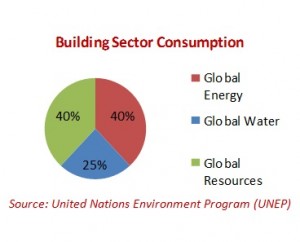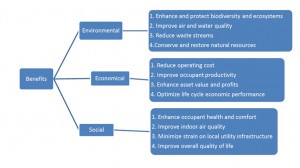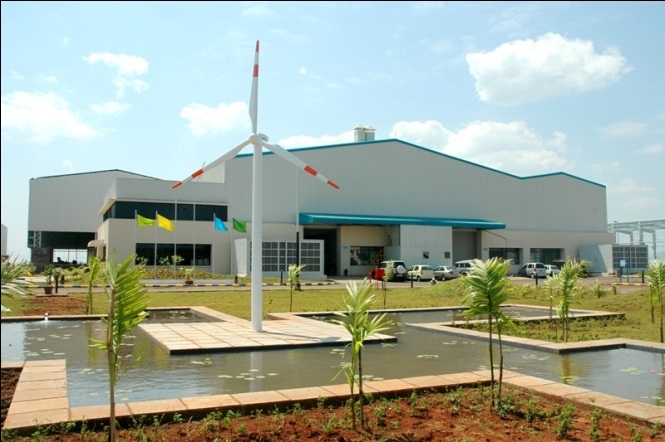Does the Green Building Theory Work?
Mar 09, 2015 By Fenesta

A look at what goes into the implementation of a successful green building
The color green symbolizes nature, renewability and life. Buildings that support these qualities are therefore called green buildings. Green buildings focus on enhancing the efficiency of readily available resources to reduce the negative impact of the construction on its surroundings.
Why Green Buildings
The building sector consumes about 40% of the world energy, 25% of the global water and 40% of the world's resources. In addition, it is responsible for the emission of one-third of the greenhouse gases in the world.  Source: United Nations Environment Program (UNEP)
Source: United Nations Environment Program (UNEP)
Considering the drastic statistics, the building sector should also be a part of the "going green" initiative, believe many, including Tony Arnel, former Chairman of the World Green Building Council. He emphasizes that green buildings do not merely lend a sound ecological environment; they have a positive economic and social impact too.
 Green buildings have innumerable advantages
Green buildings have innumerable advantages
So How Do Green Buildings Work After All?
Right from designing to maintenance, green buildings employ processes and materials that are environmentally friendly. Here are 7 ways through which green buildings can enhance your life and the environment:
1. Rainwater Harvesting Green buildings for residential or commercial complexes collect rainwater and store it in tanks. This water can be utilized for irrigation, gardening, indoor heating for houses, etc. thereby helping in water conservation.
2. LED Lights Lighting forms a major aspect in building designs. Green buildings employ energy-efficient light fixtures that can help you lower your energy bills.
3. HVAC Systems The HVAC (heating, ventilation and air conditioning) design system integrated in green buildings addresses the challenges of energy conservation, indoor air quality, and comfort.
4. Low-Flow and Dual Flush Toilets Dual flush and low-flow toilets implemented in green buildings help save water. Low-flow toilets simply use less water as compared to regular toilets, whereas dual flush toilets have separate flush modes for solid and liquid waste.
5. Installing Recycled Materials Recycled materials such as sustainable wood, bamboo flooring and other eco-friendly construction resources are utilized in green buildings. These are not just environment friendly but they are energy efficient as well.
6. Use of Wind Energy Wind power extracted from wind turbines is used in green buildings to produce electricity. Green buildings rely on wind energy for power since this form of energy is renewable, clean and devoid of producing harmful gas emissions.
7. Use of Solar Energy Green buildings make use of solar power. This results in at least 50% lower energy consumption as compared to conventional buildings.
The Green Building Theory - An Example Suzlon Generators in Pune, one of the largest wind turbine suppliers in the world, has implemented the green building theory. More than 70% of the materials used in its interiors have a reduced carbon footprint. It also has jet fans installed in its basement, which saves up to 50% of its energy as compared to ducted base ventilation systems.
 Suzlon Generators has implemented the green building theory
Suzlon Generators has implemented the green building theory
The green building theory strives to strike a balance between creating structures and promoting sustainable development. The features of green buildings positively indicate that this is the way forward for a better tomorrow.










Comments